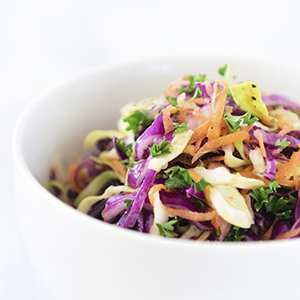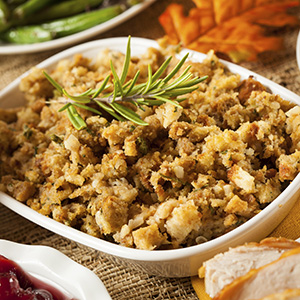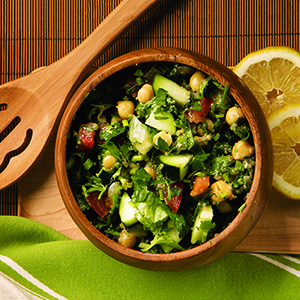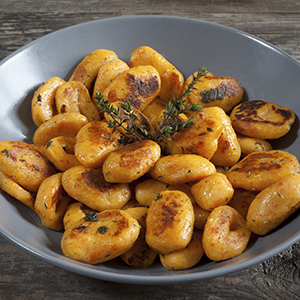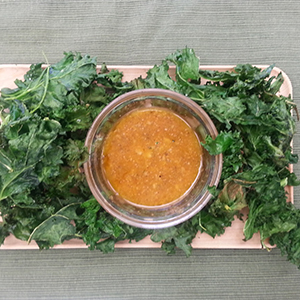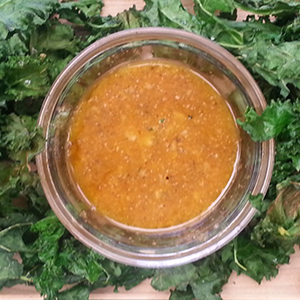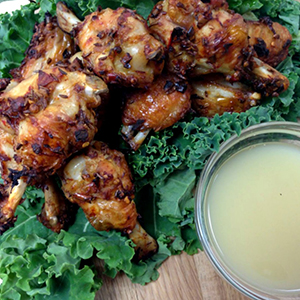Use coupon code CARDAMOM with your purchase of $40 or more for a free†
Cardamom OilBaked Vegetable Macaroni Pie
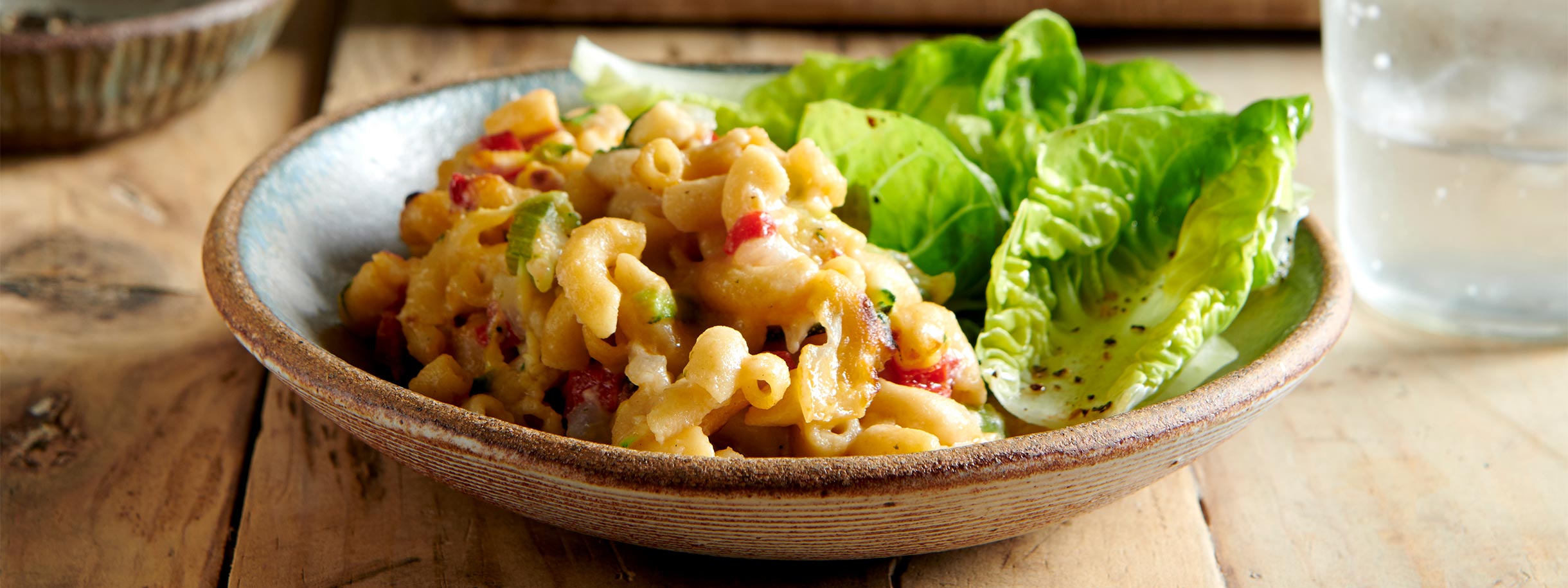
Sustainable Nourishment
We are unique therefore there is no one size that fits all. We have different lived experiences as well as likes and dislikes when it comes to food. Registered Dietitian Nutritionist Maya Feller shares these tips and a family favorite recipe to help support a more sustainable and fluid nourishment routine. Nourishing our bodies is essential to life and for most of us something we do multiple times per day. The wellness world is rife with food shaming, hierarchical thinking, fad, and extreme diet measures that are both dangerous and unsustainable. Cutting out major food groups for no reason leaves us feeling over and underwhelmed with little satisfaction. Diets, generally associated with restrictive patterns of eating, simply don’t work.
Each of us has to find a sustainable pattern of nourishment that is supportive of our individual health and nutrition goals. We need to find a pattern of eating that takes our culture, finances, life circumstances, access to food, likes, and dislikes into consideration. A pattern that we can replicate the majority of the time. One that allows for life and shifts in the foods that we eat. One that leaves us feeling satiated and excited to continue. One where eating good food is not a measure of our self-worth, rather, it means eating foods that are a mixture of heritage foods and cuisines local to where we live.
Enjoy heritage recipes without modifications
Many times we have been socialized to stay away from heritage foods as they have been dubbed “unhealthy” and in need of a makeover. Enjoying heritage foods from around the globe in their non-modified forms is a way to experience cultures that are not your own. It’s also a way to be introduced to new flavors and expand what shows up on your plate and in the kitchen.
Resist the urge to adhere to a narrow definition of health
Grilled chicken, brown rice, and steamed vegetables are nourishing and filled with nutrients but so is a plate of peas, rice, stewed greens with sautéed fish. Having a narrow definition of a healthy pattern of eating omits a wide variety of foods that contribute not only a taste of home but macronutrients, micronutrients, and trace minerals all needed to sustain optimal health.
Taking a flavor trip around the globe can be a way to celebrate and honor foodways while learning about a culture that is not our own. There are a number of heritage foods that are both nourishing and satisfying. Try this Baked Vegetable Macaroni Pie, adapted from Maya’s book, “The Southern Comfort Food Diabetes Cookbook.”
Prep time
15 minutes
Cook time
35 minutes
Servings
Serves 6
This mac and cheese will make you swoon, and it even incorporates a classic baking technique. Whether you call it a macaroni pie or mac and cheese, this recipe is loaded with vegetables. Creamy and delicious, it can be enjoyed with a large plate of leafy greens on the side.
Ingredients
1 package
Quinoa Macaroni Pasta, Organic
1 small
yellow onion, chopped
2 cloves
garlic, minced
2 stalks
celery, thinly sliced
1/4 teaspoon
freshly ground black pepper
2 tablespoons
chickpea flour
1 cup
fat-free milk
2 cups
grated reduced-fat sharp Cheddar cheese
1 large
zucchini, finely grated and squeezed dry
2 roasted
red peppers, chopped into 1/4-inch pieces
Directions
1. Preheat the oven to 350°F.
2. Bring a large pot of water to a boil.
3. Add the macaroni and cook for 2 to 5 minutes, or until al dente.
4. Drain the macaroni, reserving 1 cup of the pasta water for the cheese sauce. Rinse under cold running water, and transfer to a large bowl.
5. In a large cast-iron skillet, warm the pasta water over medium heat.
6. Add the onion, garlic, celery, and pepper. Cook for 3 to 5 minutes, or until the onion is translucent.
7. Add the chickpea flour slowly, mixing often.
8. Stir in the milk and cheese until a thick liquid is formed. It should be about the consistency of a smoothie.
9. Add the pasta to the cheese mixture along with the zucchini and red peppers. Mix thoroughly so the ingredients are evenly dispersed.
10. Cover the skillet tightly with aluminum foil, transfer to the oven, and bake for 15 to 20 minutes, or until the cheese is well melted.
11. Uncover and bake for 5 minutes, or until golden brown.

